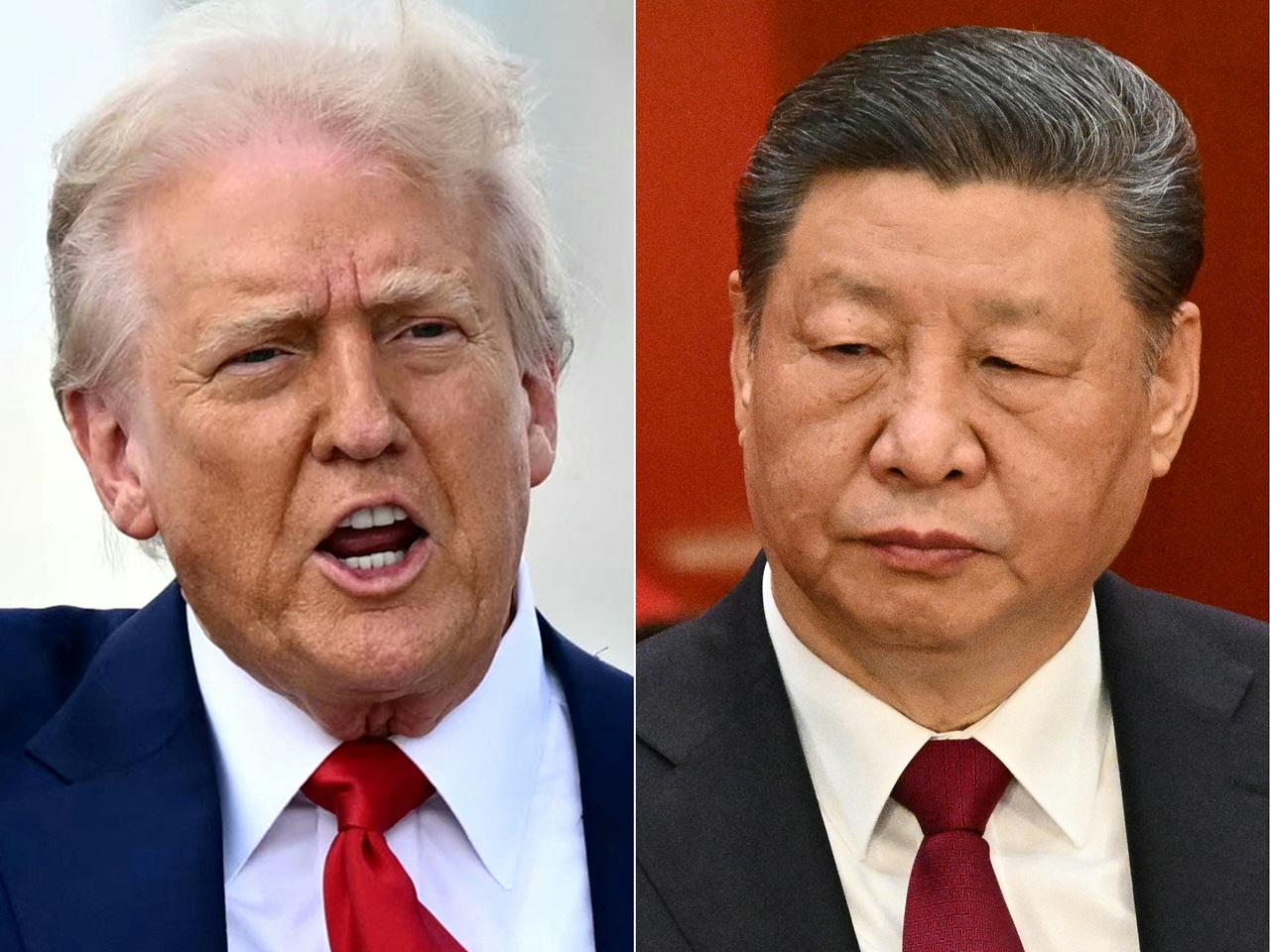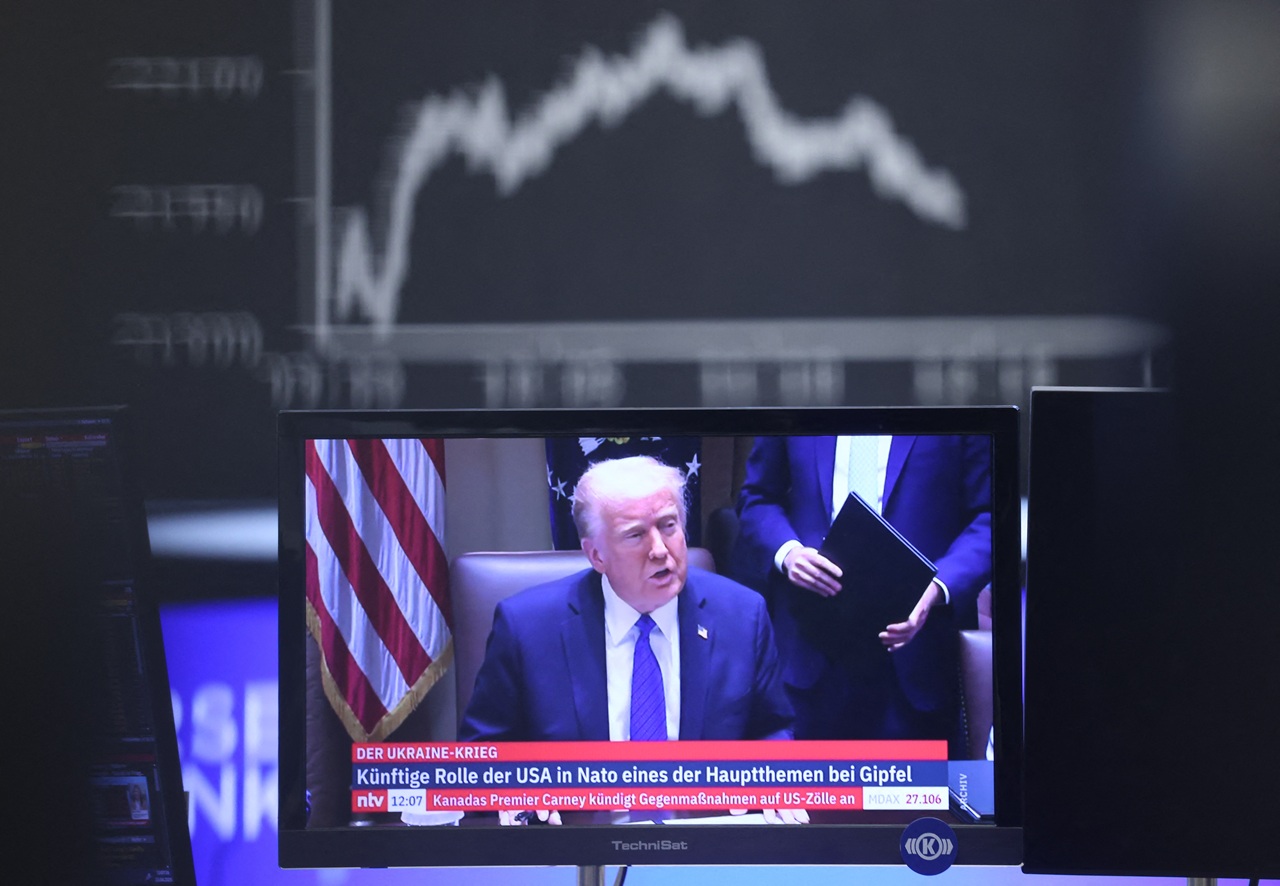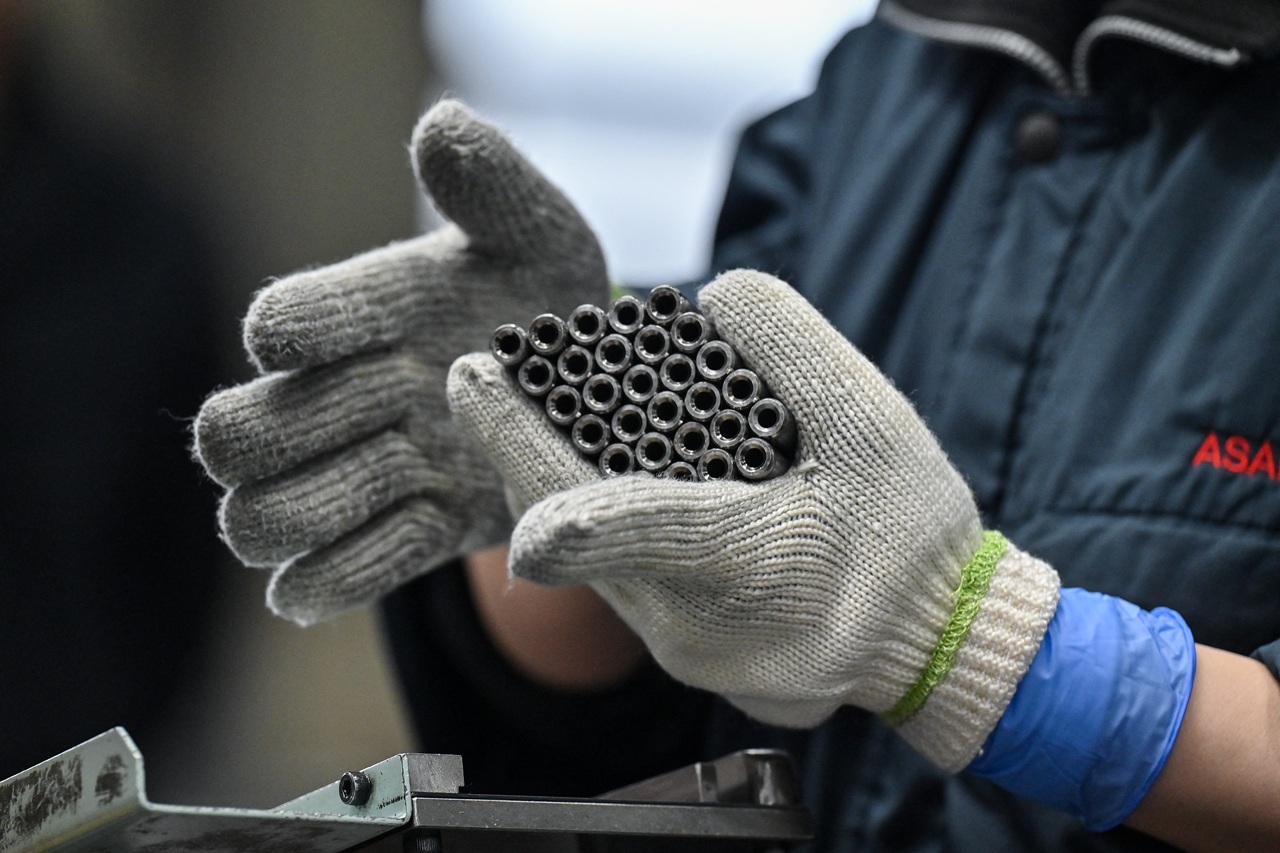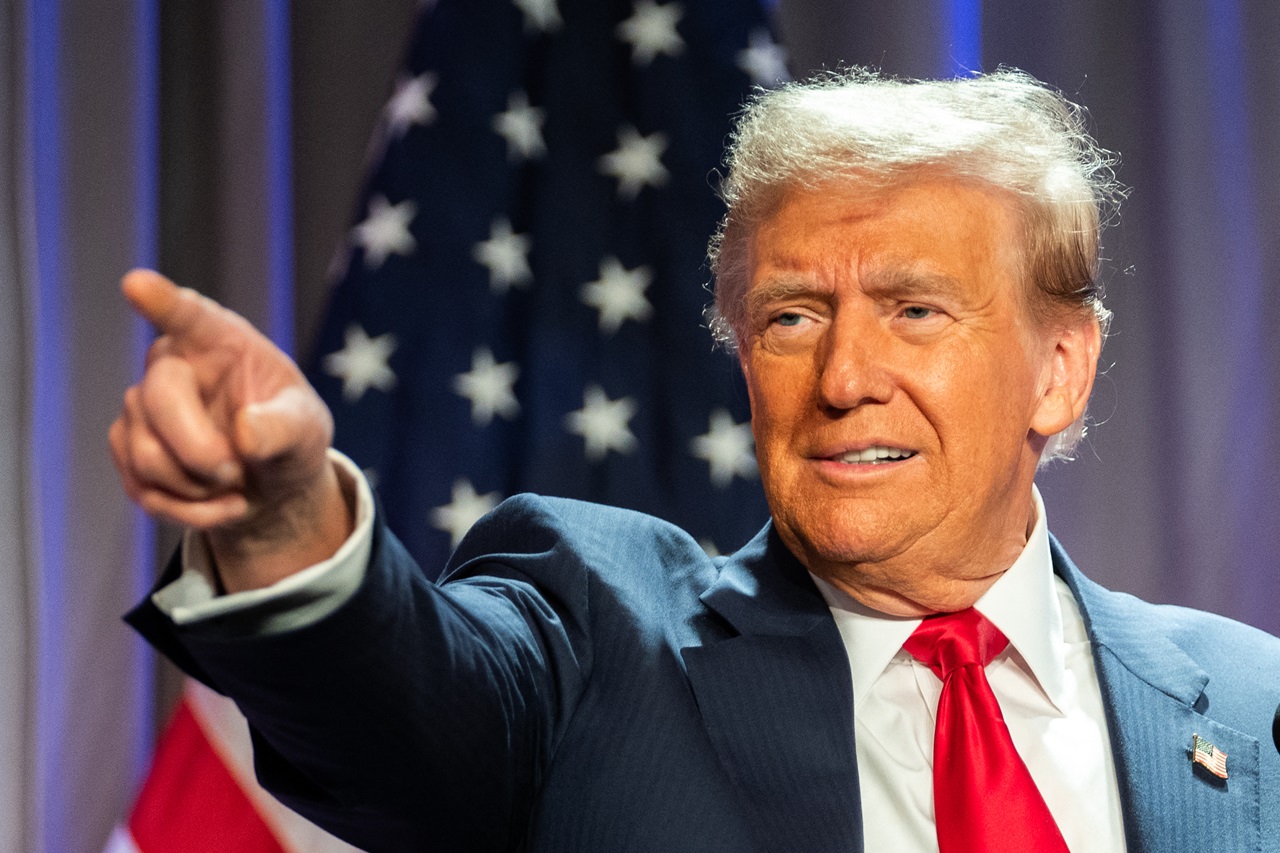
Do the new tariffs greatly affect Latin America?
As the trade war intensifies, the countries of the region are watching with expectation as events unfold.
President Donald Trump's recent announcement of new "reciprocal" tariffs is already having direct repercussions in Latin America. As reported by the BBC, products such as Colombian coffee, Peruvian blueberries, Argentine wine, Chilean salmon and Ecuadorian shrimp will face a 10% levy, within a tariff package that marks a new era of protectionism.
Unlike China and the European Union, which face tariffs of 34% and 20% respectively, Latin America is among the least affected regions, according to information published by the BBC. Venezuela and Nicaragua are the exception, with rates of 15% and 18%, the highest in the region.
Although Mexico and Canada were left off this list of reciprocal tariffs, they will continue to be affected by existing tariffs of 25% on steel, aluminum and automobiles. However, for Mexico, the auto tariff will apply only on "non-U.S." content, according to the BBC report.
Experts quoted by the BBC point out that, although Latin America is less impacted compared to other regions, higher prices could reduce sales, affect employment and slow investment. Uncertainty about the direction of international trade adds additional pressure.
Impact by country
Colombia: Coffee and flowers, the main exports to the U.S., are now subject to the new tariff. President Gustavo Petro stated on the social network X that this situation "can become an opportunity", as highlighted by the BBC.
Argentina: Although markets reacted with concern, Javier Milei's government maintained a positive tone. According to the BBC, the presidential spokesman highlighted the "wonderful relationship" with the United States. Fuel, aluminum and beverages are the most exposed sectors.
Peru: Agribusiness, non-metallic mining and the textile sector are under pressure. The government, according to the BBC, will seek to negotiate the reconsideration of tariffs, although some analysts see opportunities if Peru manages to maintain more competitive prices than other countries.
Brazil: President Lula da Silva announced that he will take measures to confront protectionism, based on a law that allows trade retaliation. As reported by the BBC, oil and iron ore are the main exports affected.
Chile: Agriculture and fisheries are impacted, with key products such as salmon, grapes and wine exposed to the new tariffs. However, the BBC notes that the exclusion of copper and timber softens the blow.
RELATED CONTENT
Ecuador: Shrimp, bananas and cocoa are the most vulnerable sectors. According to the BBC, the government seeks to maintain a close relationship with the U.S. to mitigate the effects.
Central America: Despite being part of DR-CAFTA, Central American countries did not escape the 10% tariff. The BBC reports that local governments are analyzing measures, while Citi experts warn about the economic vulnerability of nations such as Honduras, El Salvador and Panama.
Products that are spared
Not all products are subject to the new levies. According to a document quoted by the BBC, copper, pharmaceutical goods, semiconductors, wood, gold bullion, energy and minerals not available in the United States were exempted, at least for now.
Energy sector experts consulted by the BBC indicated that the exclusion of the energy sector could benefit the region's oil exporters, although caution remains pending further details from Washington.
Outlook
Economists consulted by the BBC foresee a global slowdown in trade, which will inevitably impact Latin America. However, there is a possibility that the region could gain market share in the U.S. market against more penalized competitors.
For now, most Latin American countries are not planning retaliatory measures. According to the BBC, the next few weeks will be key as bilateral negotiations develop and the specific effects of the new tariffs become clearer.











LEAVE A COMMENT: